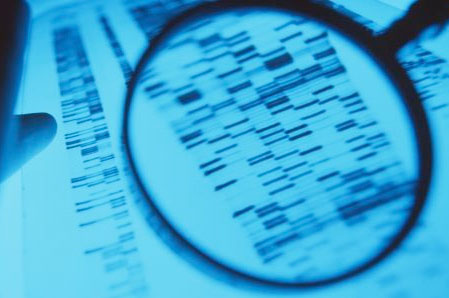LCN DNA technique faces international tests
Fresh controversy is set to erupt over the use of a DNA profiling technique that is capable of identifying suspects from trace amounts of genetic material, such as the skin cells and sweat left behind when someone touches a door handle.
Fresh controversy is set to erupt over the use of a DNA profiling technique that is capable of identifying suspects from trace amounts of genetic material, such as the skin cells and sweat left behind when someone touches a door handle.
Low Copy Number (LCN) DNA testing has been in use in the UK since 1999 and been given in evidence in more than 20,000 cases. However, last week the former head of the New York City medical examiner`s office, Dr Marina Stajic, issued a lawsuit against the city claiming she had been forced out of her job after raising questions about the reliability of LCN DNA profiling.
Dr Stajic worked in the city`s medical examiner`s office from 1986 until she was dismissed in 2015. She was also a member of the State Commission on Forensic Science. Her lawsuit claims “the method had prompted concerns over potential false convictions”. The New York City medical examiner`s office is the only public laboratory in the whole of the USA to make use of LCN profiling.
A standard DNA test requires between 50 and 100 human cells equivalent to the size of the smallest bloodstain that can be seen with the naked eye. LCN can obtain a profile from as few as five cells, or from DNA that is in poor condition because, for example, someone has tried to clean a crime scene with bleach.
As the sample sizes are so tiny, the risk of contamination is widely recognised to be extremely high. According to guidance issued by the Crown Prosecution Service, the increased sensitivity of the LCN technique means: “ultra-clean laboratories are needed for the testing to minimise contamination of the sample by DNA from any other source”.
Early last year Brooklyn Supreme Court Judge Mark Dwyer refused to allow the results of LCN DNA testing to be used in a felony case brought by prosecutors.
“To have a technique that is so controversial that the community of scientists who are experts in the field can`t agree on it and then to throw it in front of a lay jury and expect them to be able to make sense of it, is just the opposite of what the `Frye standard` [a test to determine the admissibility of scientific evidence in US courts] is all about,” Justice Dwyer said.
The judge followed his ruling with a written decision, published last July, in which he stated that the technique simply did not have enough acceptance in the relevant scientific community to make its findings admissible.
Concerns about the technique at the FBI mean its laboratories are forbidden from running profiles obtained through LCN through its national DNA database. According to a statement issued by the Bureau, the technique has not “demonstrated the necessary reliability for use in forensic casework”.
The Association of Chief Police Officers suspended the use of LCN DNA in the UK in December 2007 when, following the acquittal of a suspect in the Omagh bombing, Mr Justice Weir voiced concerns about the validity of the technique.
A review, headed up by Professor Brian Caddy, found that it was fit for purpose and the use of LCN was reinstated in January 2008.
News of the New York lawsuit comes at the same time as new research from Australia suggests that house flies can contaminate crime scenes and falsely incriminate by leaving tiny traces of DNA behind.
Dr Annalisa Durdle of Victoria Police Forensic Services experimented by offering Australian sheep blowfiles a selection of foods and body fluids that might be found at a typical interior crime scene. The selection included blood, saliva and semen along with pet food, tinned tuna and honey. She found the flies were most attracted to the semen.
When the excrement of the flies was later examined, it contained full human DNA profiles as a result of ingesting the semen. By contrast, DNA profiles from flies that had fed on blood could only be obtained one third of the time while flies that had fed on saliva had no human DNA in their excrement.
Dr Durdle further notes that fly excrement is hard to distinguish from blood spatter, increasing the potential for someone to be false


